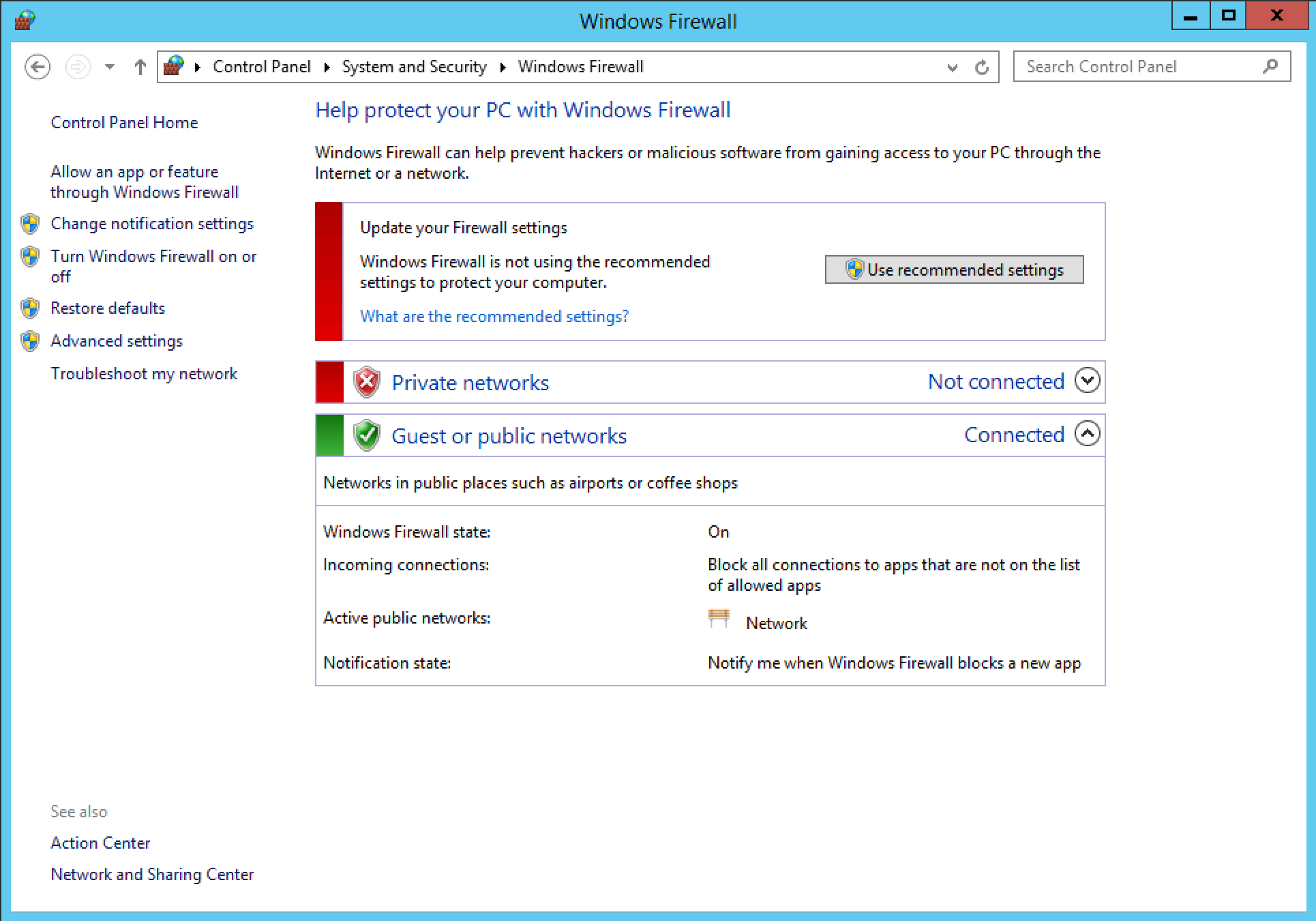vps how open port

Are you struggling with opening ports on your VPS? Look no further! In this comprehensive guide, we will walk you through the process of opening ports on your virtual private server (VPS) step by step. Whether you are a beginner or have some experience with VPS management, this article will provide you with all the necessary information to successfully open ports and ensure smooth communication for your applications.
In today's digital age, having the ability to open ports on a VPS is essential for various purposes. Whether you want to host a website, run a game server, or set up a secure remote connection, understanding how to open ports on your VPS is crucial. This article aims to demystify the process and equip you with the knowledge you need to effectively manage your VPS and optimize its performance.
1. Understanding Ports and Their Function
In this section, we will delve into the fundamentals of ports and their role in establishing communication between devices. We will explain what ports are, how they work, and why you need to open them on your VPS. By the end of this section, you will have a clear understanding of the importance of ports and their impact on your VPS's functionality.
2. Assessing the Security Implications
Before jumping into the process of opening ports, it is crucial to consider the potential security risks involved. In this section, we will discuss the security implications of opening ports on your VPS and provide you with essential tips to mitigate any vulnerabilities. By following these best practices, you can ensure that your VPS remains secure while allowing the necessary communication through open ports.
3. Accessing Your VPS's Firewall
In order to open ports on your VPS, you need to access its firewall configuration. In this section, we will guide you through the process of accessing your VPS's firewall and provide you with step-by-step instructions for popular VPS hosting providers. By the end of this section, you will be ready to modify your VPS's firewall settings and open the desired ports.
4. Opening Ports Using iptables
iptables is a powerful command-line utility for managing the firewall on your VPS. In this section, we will introduce you to iptables and guide you through the process of opening ports using this tool. We will provide you with practical examples and explain the syntax to make the process as straightforward as possible.
5. Configuring Port Forwarding
If you are running applications behind a router or gateway, configuring port forwarding is essential to ensure that the incoming traffic reaches the appropriate ports on your VPS. In this section, we will explain what port forwarding is, why it is necessary, and provide you with step-by-step instructions to configure port forwarding for different router models.
6. Verifying Port Status and Connectivity
Once you have opened the desired ports on your VPS, it is crucial to verify their status and ensure that the necessary connectivity is established. This section will guide you through various methods to check port status and test connectivity, allowing you to troubleshoot any potential issues and ensure that your ports are functioning correctly.
7. Troubleshooting Common Port Opening Issues
In this section, we will address common issues that may arise during the process of opening ports on a VPS. From port conflicts to misconfigurations, we will provide troubleshooting tips and solutions to help you overcome these challenges and successfully open the required ports on your VPS.
8. Enhancing Port Security with Additional Measures
While opening ports on your VPS is necessary for communication, it is crucial to implement additional security measures to protect your system from potential threats. This section will cover essential security enhancements, such as implementing fail2ban, configuring SSL certificates, and utilizing VPNs to ensure that your VPS remains secure even with open ports.
9. Monitoring and Managing Open Ports
After successfully opening ports on your VPS, it is important to monitor and manage them effectively. This section will introduce you to various tools and techniques for monitoring open ports, tracking network activity, and managing firewall rules. By implementing these practices, you can maintain a secure and optimized environment for your applications.
10. Best Practices for Port Management
In the final section of this guide, we will provide you with a set of best practices for port management on your VPS. From keeping your software up to date to regularly auditing your open ports, these recommendations will help you maintain a secure and efficient VPS environment.
Opening ports on a VPS can be a daunting task, but with the comprehensive knowledge and guidance provided in this article, you are now equipped to tackle this challenge. By understanding the fundamentals, following best practices, and implementing necessary security measures, you can optimize your VPS's functionality while ensuring the safety of your system. Unlock the full potential of your VPS by mastering the art of opening ports!




